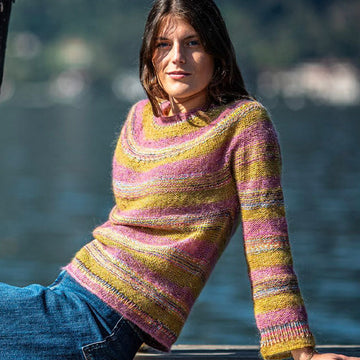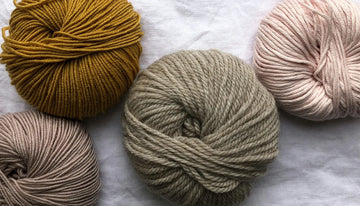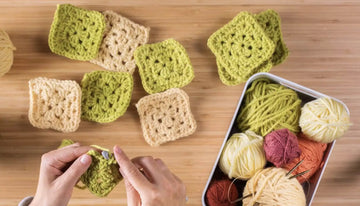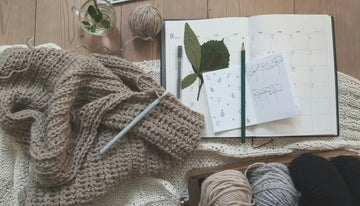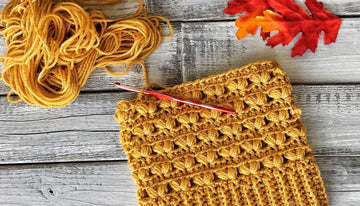In the big world of knitting and crochet, choosing the right yarn is crucial for project success. If you are passionate about crafting and always seeking to improve your skills, you have likely wondered how to choose yarn to maximize your creations. In this guide, we will explore the most suitable types of wool for various projects, providing a yarn guide that will be a reference point for all your future creations.
Why Choose Natural Yarns?
Natural yarns offer a unique set of advantages. They are breathable, biodegradable, and they come in a range of authentic textures and colors that respect the environment. No doubt that wool remains one of the most cherished materials in the world of natural yarns. Let's look at its most popular variants.
Merino Wool: Softness and Warmth
Merino wool is renowned for its extraordinary softness and warmth retention. Ideal for garments that need to be close to the skin, such as sweaters, scarves, and beanies. Merino is perfect for those seeking a skein that keeps you cozy even on the coldest days.
Alpaca: Elegance and Lightness
Alpaca is another exceptional option, appreciated for its lightness and luxurious appearance. Alpaca garments are known not only for their comfort but also for their durability. If your project requires elegance without compromising functionality, consider alpaca yarns.
Cotton: Versatility and Freshness
Cotton is perfect for spring and summer projects. It's lightweight, washable, and well-suited for creations requiring a breathable fabric. Whether making a light top or a home accessory, cotton is the yarn that fits various styles and needs.
Practical Yarn Selection Guide
When venturing into the yarn guide, several factors should be considered:
- Project and Purpose: Determine which quality of yarn suits your project. Softer yarns like merino are fantastic for clothing, while sturdier wool is better suited for blankets and home accessories.
- Maintenance: Consider how much care the yarn requires. Some materials need handwashing, while others may be more wash-resistant.
- Texture and Color: Choose a texture that complements the final project and ensure the colors will last over time.
Conclusion
Choosing the right yarn is essential to bring creations to life that you can be proud of. Natural yarns are not only a conscious choice for the environment but an opportunity to work with materials that support natural quality and beauty. Don't forget to explore our collection of natural yarns to find the perfect inspiration.
Learn more and start your next project with our exclusive tips!
